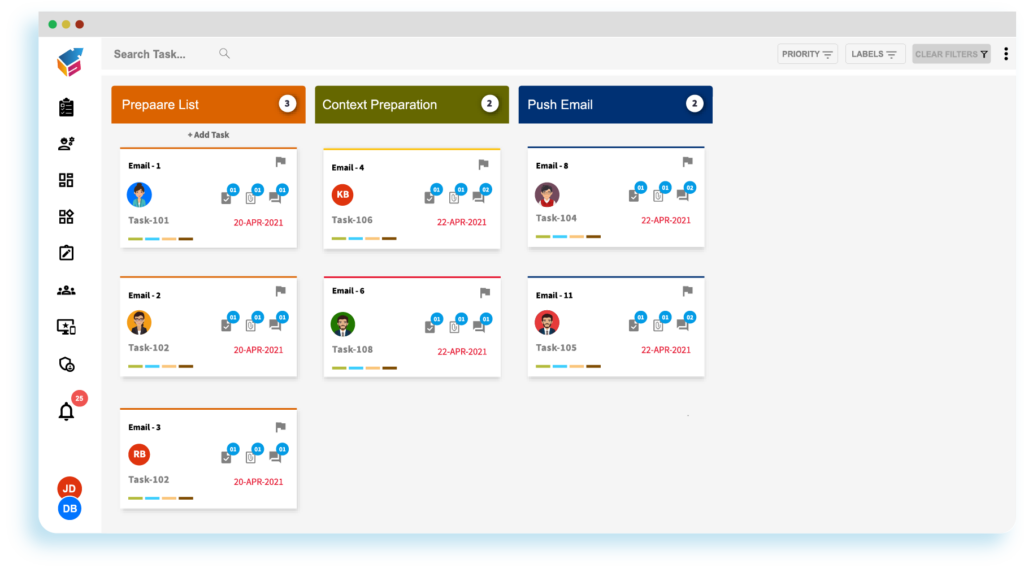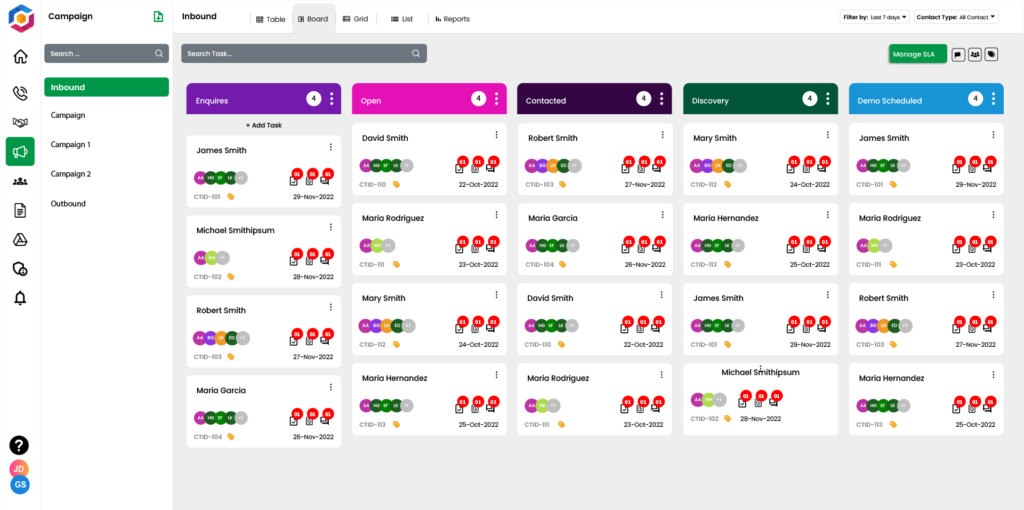Table of Contents
Email marketing is a powerful tool that can help businesses reach their target audience and drive conversions. However, simply sending out an email campaign is not enough to guarantee success. To truly maximize the effectiveness of your email marketing efforts, it is important to track key metrics, such as email open rates.
Understanding email open rates, along with email automation and email check practices, is essential for gaining insights into the performance of your email campaigns. This knowledge empowers you to make data-driven decisions to improve engagement and overall campaign effectiveness.
Whether you are new to email marketing or an experienced marketer looking to improve your campaigns, this blog will provide valuable insights into understanding and optimizing your email open rates.
What is an email open rate?
An email open rate is the percentage of email recipients who opened a particular email. It is a metric used to measure the effectiveness of an email campaign and can give insights into how engaging and relevant the email content is to the recipients. The open rate is calculated by dividing the number of opened emails by the number of delivered emails and multiplying the result by 100 to get a percentage.

It’s important to note that not all email opens are accurately tracked, as some email clients or spam filters may prevent tracking pixels from loading and registering an open.
What is a good open rate on email?
A good email open rate typically ranges from 15% to 25%. Above 25% is considered above average, while below 15% may indicate room for improvement. However, benchmarks vary by industry, and it’s crucial to assess your performance relative to your specific goals and audience.
Why do we track email open rates?
We track email open rates for a few reasons:
- Measure effectiveness: By tracking the open rates of emails, we can determine how effective a particular email campaign is. It can provide insight into how engaging the subject line and content of the email is to recipients.
- Refine email campaigns: Open rates can help marketers identify what is working and what is not in their email campaigns. They can use this information to refine their messaging, targeting, and other tactics to improve future campaigns.
- Optimize sending times: By tracking open rates, marketers can determine the best times to send emails to their target audience. They can use this information to optimize the sending time of their emails and increase the likelihood of recipients opening and engaging with the email.
- Improve email deliverability: By tracking open rates, email marketers can identify issues with email deliverability, such as emails getting caught in spam filters. They can then take steps to improve deliverability, such as improving email content and authentication protocols.
Email open rate vs. email delivery rate vs. email send rate
Email open rate, email delivery rate, and email send rate are all important metrics to track in email marketing campaigns, but they measure different aspects of the email campaign.
- Email send rate: This metric refers to the number of emails sent in a campaign. It is a measure of the total volume of emails sent and does not consider whether the email was delivered or opened.
- Email delivery rate: This metric refers to the percentage of emails that were successfully delivered to the recipient’s inbox. It is calculated by dividing the number of emails delivered by the number of emails sent and multiplying the result by 100 to get a percentage.
- Email open rate: This metric refers to the percentage of emails that were opened by recipients. It is calculated by dividing the number of emails opened by the number of emails delivered and multiplying the result by 100 to get a percentage.
Email send rate is a measure of the total number of emails sent, email delivery rate is a measure of the percentage of emails successfully delivered, and email open rate is a measure of the percentage of emails opened by recipients. All three metrics are important to track to gain insights into the performance of an email marketing campaign.
Start tracking email open rates and other important data points, and boost campaign success
To start tracking email open rates and other important data points to boost campaign success, you can follow these steps:
- Define your goals: Determine what you want to achieve with your email campaign. Are you trying to drive sales, generate leads, or increase brand awareness? Knowing your goals will help you determine which metrics to track.
- Choose an email marketing Software: There are many CRM software or email marketing templates available that can help you track email open rates and other metrics. Some popular options include YoroCRM, Mailchimp, Constant Contact, and Campaign Monitor.
- Segment your email list: Segmenting your email list based on demographics, interests, or behaviors can help you send more targeted and relevant emails, which can lead to higher open rates.
- Create engaging content: Write compelling subject lines and email content that will grab the recipient’s attention and encourage them to open and engage with your email.
- Include tracking pixels: Include a tracking pixel in your emails to track opens and other engagement metrics.
- Monitor your metrics: Keep track of important metrics like email open rates, click-through rates, and conversion rates. Use this data to make informed decisions about future email campaigns.
- Continuously improve: Analyze your metrics and use the insights to make improvements to your email campaigns. Test different subject lines, email content, and sending times to see what works best for your audience.
By tracking email open rates and other important metrics, you can gain insights into the effectiveness of your email campaigns and make data-driven decisions to improve your outreach efforts, leading to higher engagement and conversion rates.
Track email open rates with CRM Software
To track email open rates with CRM software, you can follow these steps:

- Connect your email account to your CRM account. You can do this by going to the Integrations section of your account and selecting your email service provider.
- Create a new board or select an existing board to use for your email campaign. This board should have columns for the email recipient’s name, email address, and the email open rate.
- Add a new item for each email recipient, including their name and email address.
- Use an email marketing tool to send your email campaign. Include a tracking pixel in the email that will allow you to track opens.
- Once the campaign has been sent, go back to your CRM board and update the email open rate column for each recipient based on the tracking data. You can use a formula column to calculate the open rate automatically based on the number of opens and the number of emails sent.
- Analyze the data to determine the effectiveness of your email campaign and adjust as necessary for future campaigns.
By tracking email open rates in YoroCRM, you can gain insights into the effectiveness of your email campaigns and make data-driven decisions to improve your outreach efforts.



